Inside Na Kim's vibrant playground for all ages
South Korean graphic designer Na Kim's ‘Bottomless Bag’, installed at Buk-Seoul Museum of Art, is a vivid, geometrical exploration of memory and everyday objects. We offer a virtual tour and find out how the concept came to be
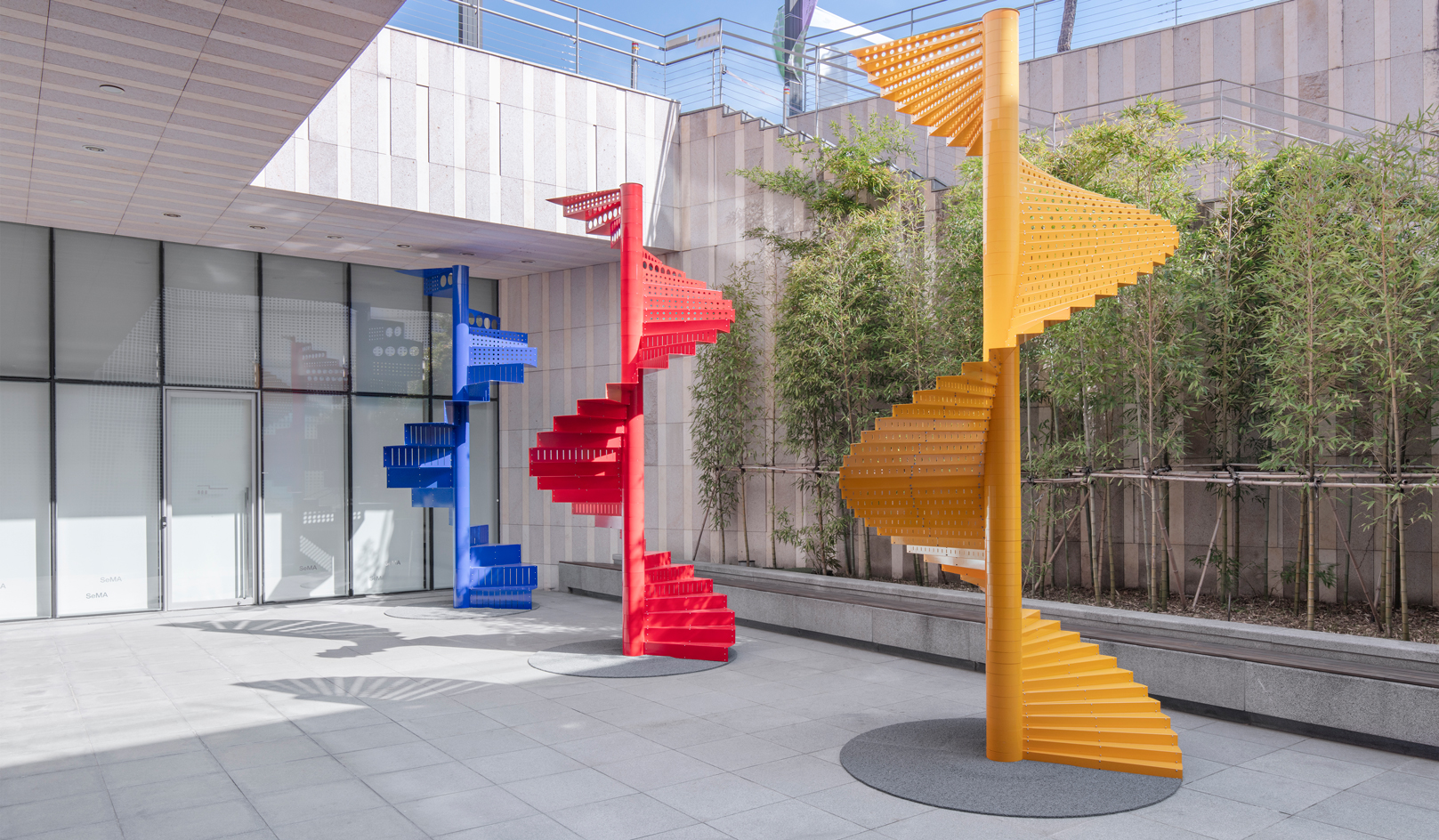
‘When I was in elementary school, we always had to buy this bag,’ begins the Korean-born, Berlin-based graphic designer Na Kim when I ask about the concept behind her latest exhibition. She tells me about this simple, small bag that in the 1980s and ‘90s was sold at stationery shops across Korea, and contained a number of ambiguous objects that were often used as teaching materials at school. ‘I remember some images of individual objects,’ she continues, ‘but more strong are the memories attached to these objects.’
In ‘Bottomless Bag,’ Kim’s new solo exhibition at Buk-Seoul Museum of Art, the designer’s distinctive visual vernacular forges a framework for considering images as networked components within a relational system of organisation as well as discrete, subjective sites of memory. This unorthodox presentation of Kim’s elemental sense of colour and geometry engages with her longstanding interest in recontextualising forms and patterns found in everyday objects and proposes alternative approaches to graphic design based on dynamic logics of spatial organisation.
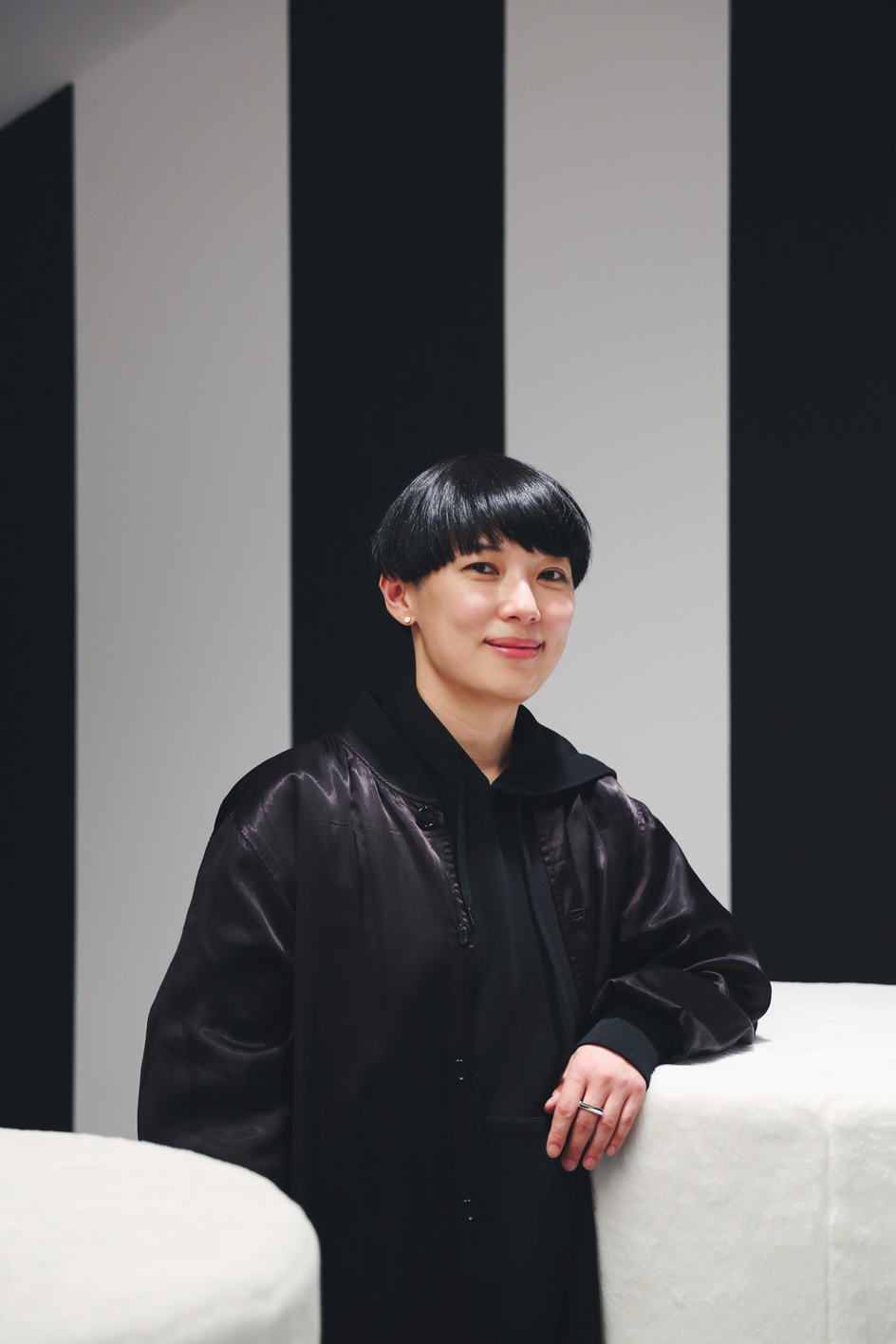
Na Kim artist portrait ⓒ 2020. Seoul Museum of Art all rights reserved. Image provided by Kukje Gallery
Anchoring the exhibition is the most recent iteration of Kim’s installation series SET (2015-present), which reinterprets a range of two-dimensional design elements as physical objects. ‘In many cases of previous SET series it was built up as a wall painting’ she recalls, ‘but here I want to bring these shapes and colours into the space, and that could be a sort of playground for children.’
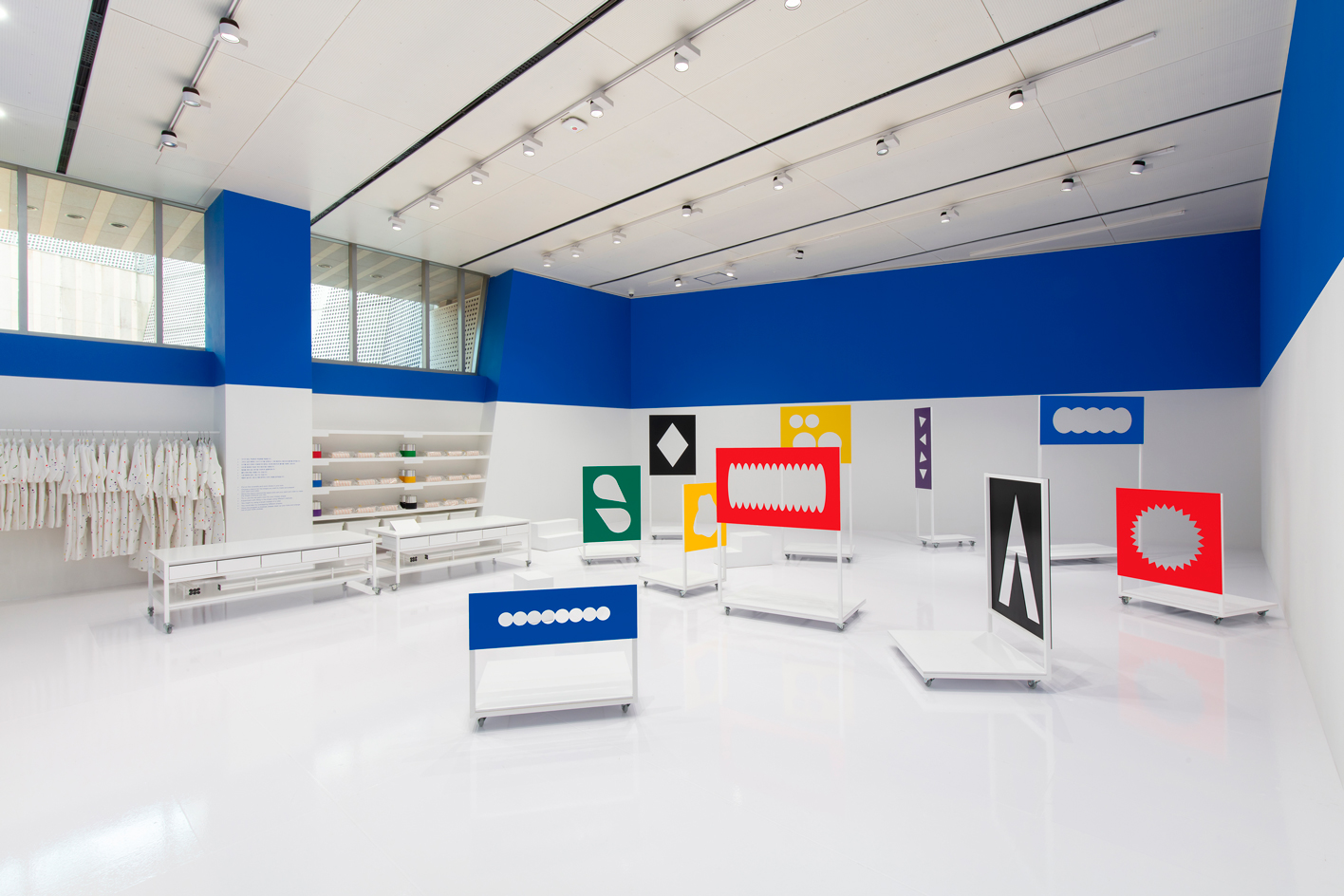
Buk-Seoul Museum of Art, Seoul Museum of Art. ’Bottomless Bag’ installation view. ⓒ 2020. Seoul Museum of Art all rights reserved. Image provided by Kukje Gallery
As a commissioned artist for the museum’s biannual Children’s Exhibition Series, Kim had carte blanche to create a multilayered platform where visitors of all ages can freely interpret and interact with her work. An expansive playground installation at the core of ‘Bottomless Bag’ reflects the constantly-evolving rules of engagement that guide Kim’s aesthetic decisions, enlarging shapes, blobs and squiggles derived from her visual archive to construct an immersive environment of colourful curtains, carpets, stairs and structures.

Buk-Seoul Museum of Art, Seoul Museum of Art. ’Bottomless Bag’ installation view. ⓒ 2020. Seoul Museum of Art all rights reserved. Image provided by Kukje Gallery
The origins of these images can be traced to Kim’s daily collage practice, in which she repurposes found objects and mass-produced materials – such as stickers, plastic bags and various papers – in a meditative process of discovery that yields a steady stream of inspiration. She calls these small works on paper Found Compositions (2009-present), explaining that ‘most of them are based on the idea of how to find the hidden rules inside a composition.’ Beyond addressing the impulse to communicate such rules and relationships, however, this methodology also invites the active reinterpretation of specific memories that she associates with each object. By imagining the gallery space itself as her own ‘object bag,’ Kim imbues her images with meaning as visual objects that evoke recollections of the past as well as tools for realising mindful designs that ontologically tether form and function.
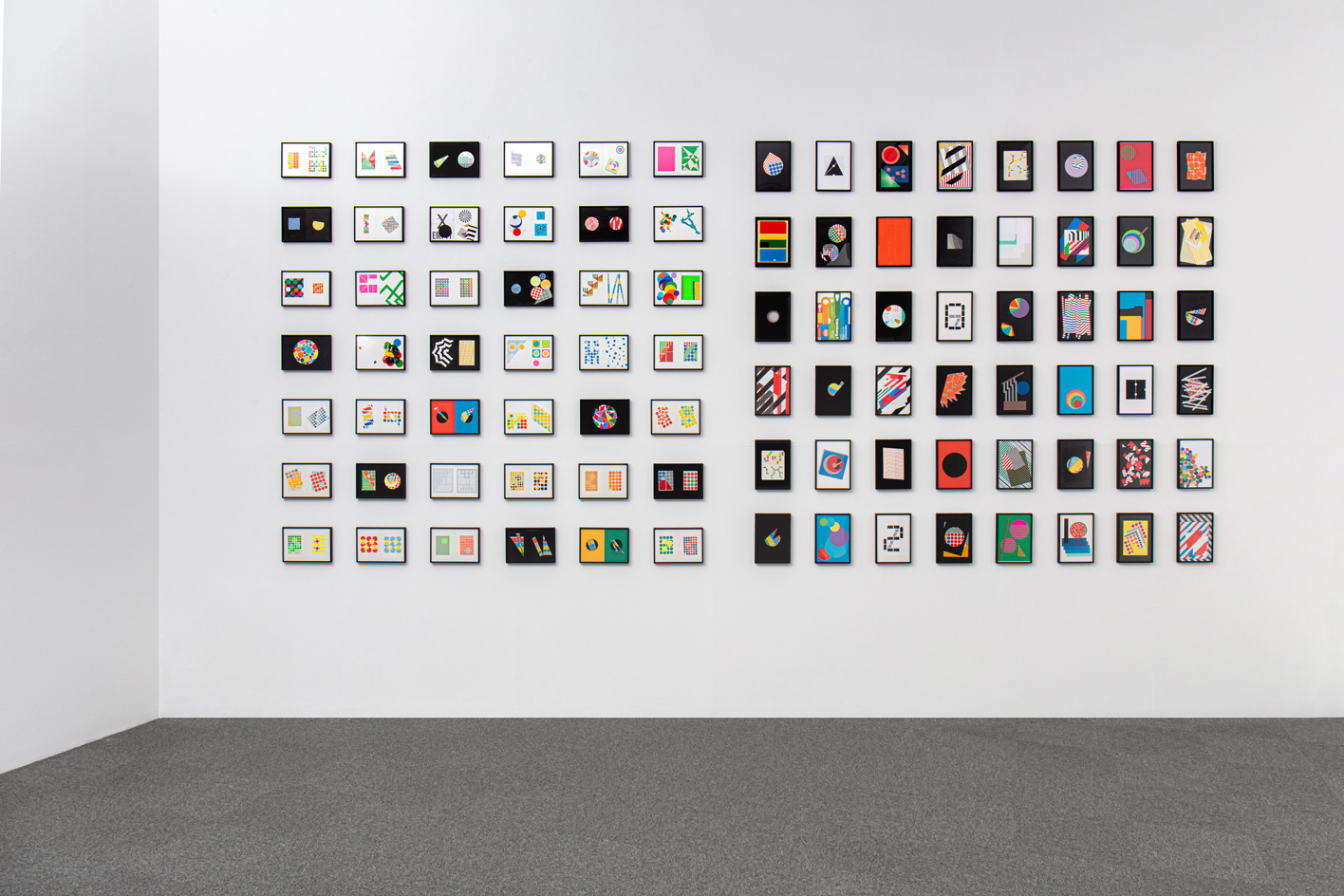
Found Compositions, 2009, wall installation. ⓒ 2020. Seoul Museum of Art all rights reserved. Image provided by Kukje Gallery
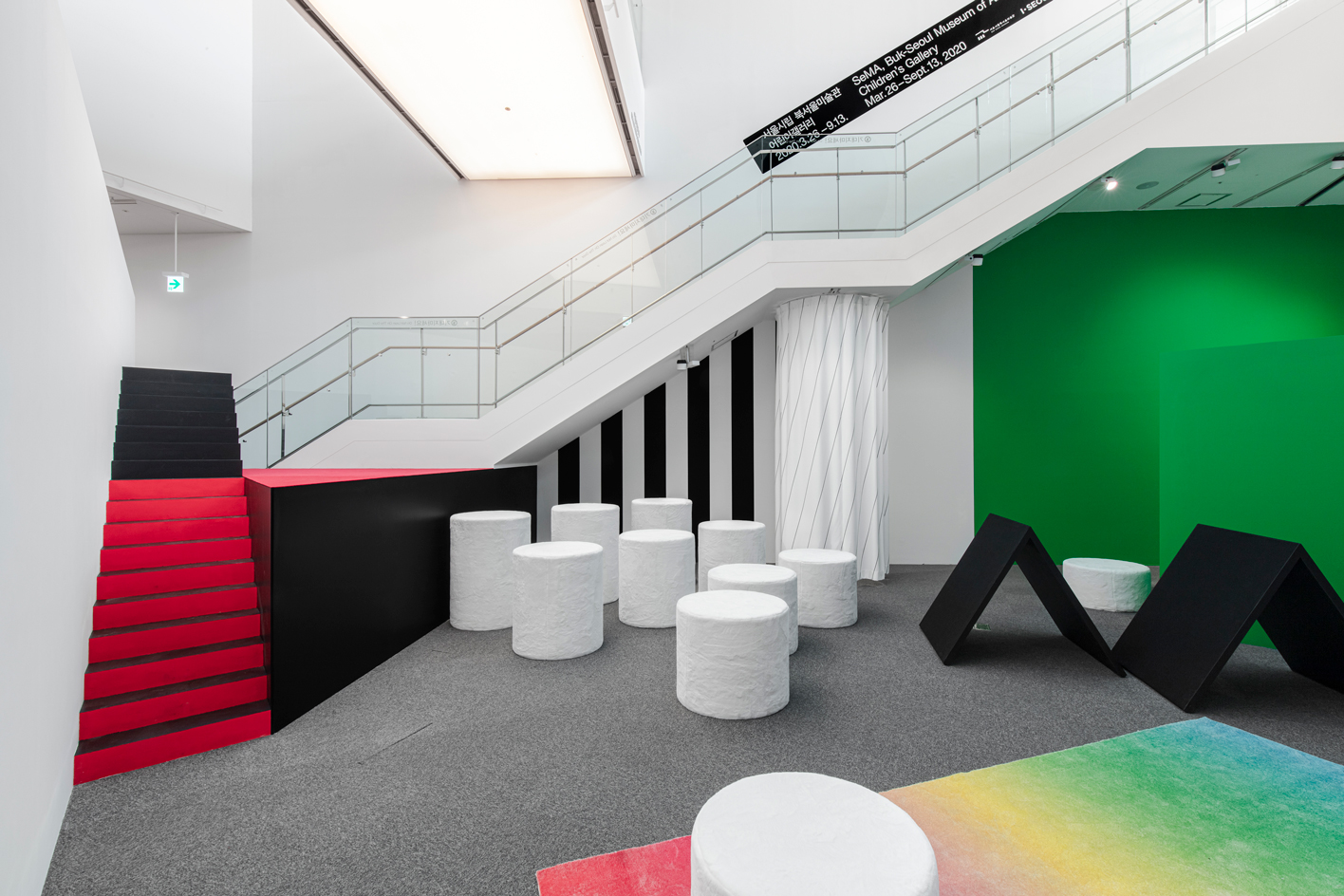
Buk-Seoul Museum of Art, Seoul Museum of Art. ’Bottomless Bag’ installation view. ⓒ 2020. Seoul Museum of Art all rights reserved. Image provided by Kukje Gallery
INFORMATIONADDRESS
‘Bottomless Bag’, until 13 September, Buk Seoul Museum of Art. sema.seoul.go.kr; ynkim.com
Buk Seoul Museum of Art
1238 Dongil-ro
Nowon-gu
Seoul
Wallpaper* Newsletter
Receive our daily digest of inspiration, escapism and design stories from around the world direct to your inbox.
-
 A Xingfa cement factory’s reimagining breathes new life into an abandoned industrial site
A Xingfa cement factory’s reimagining breathes new life into an abandoned industrial siteWe tour the Xingfa cement factory in China, where a redesign by landscape specialist SWA Group completely transforms an old industrial site into a lush park
By Daven Wu
-
 Put these emerging artists on your radar
Put these emerging artists on your radarThis crop of six new talents is poised to shake up the art world. Get to know them now
By Tianna Williams
-
 Dining at Pyrá feels like a Mediterranean kiss on both cheeks
Dining at Pyrá feels like a Mediterranean kiss on both cheeksDesigned by House of Dré, this Lonsdale Road addition dishes up an enticing fusion of Greek and Spanish cooking
By Sofia de la Cruz
-
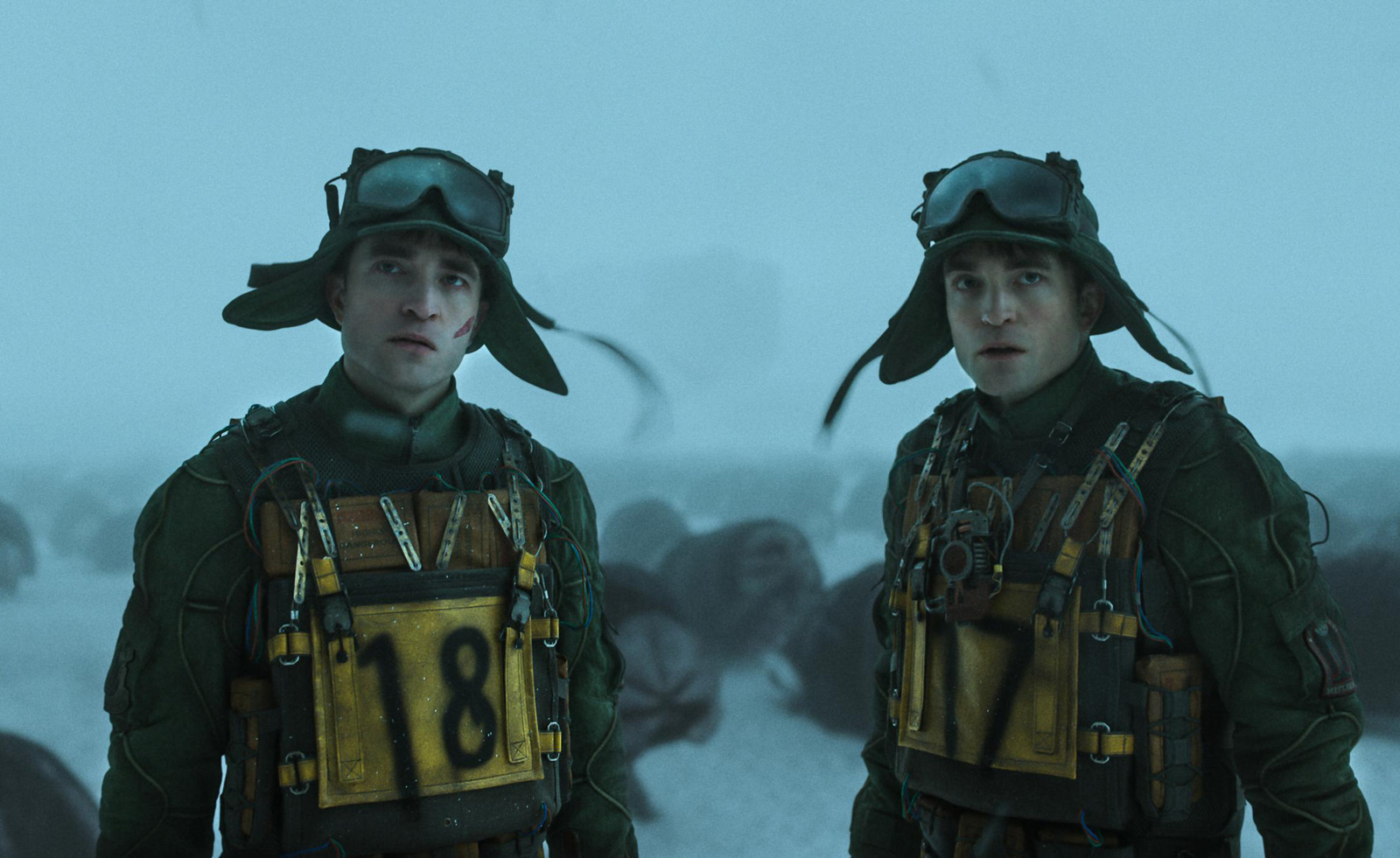 Bong on Bong: the Mickey 17 and Parasite director looks back on his career
Bong on Bong: the Mickey 17 and Parasite director looks back on his careerAs sci-fi romp Mickey 17 prepares to hit the big screen, Oscar-winning director Bong Joon Ho reflects on his career so far
By James Balmont
-
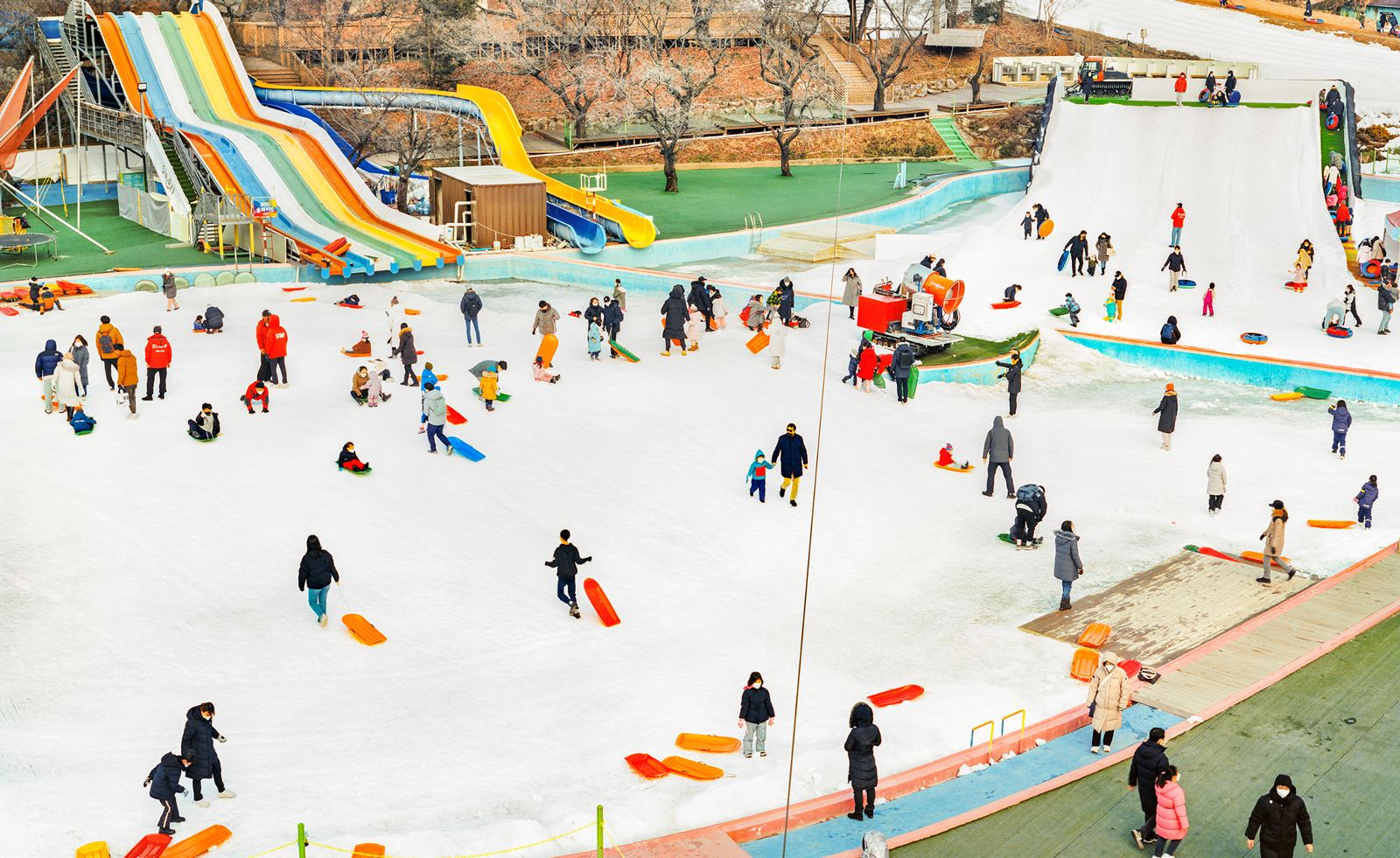 Photographing free time in South Korea: rare days off captured in new book
Photographing free time in South Korea: rare days off captured in new bookFree time is hard-earned in South Korea. In Seunggu Kim's new photography book 'Better Days,' he captures the beauty of the country at play
By Hannah Silver
-
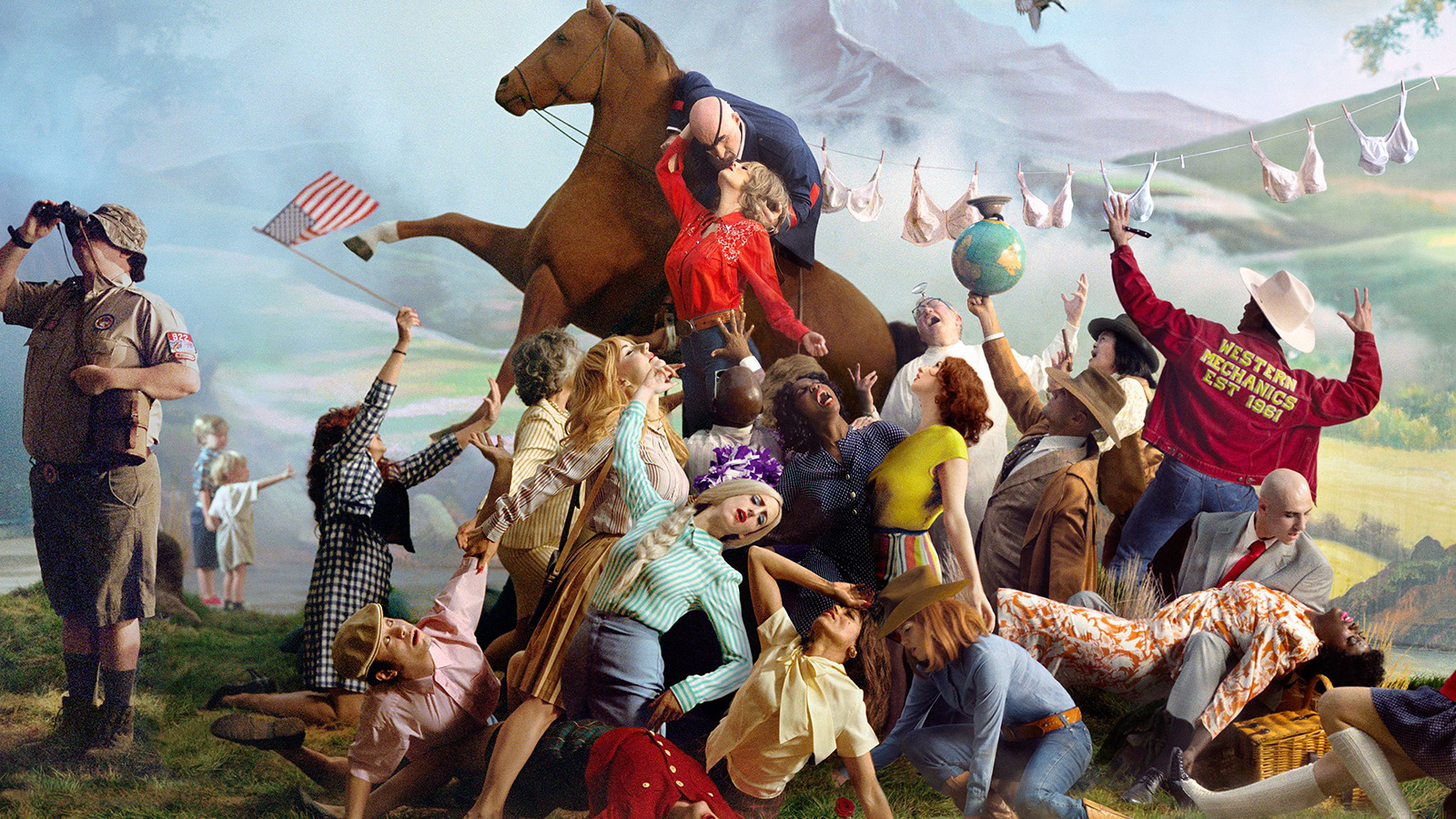 ‘Humanity is always the centre of my practice': Alex Prager's new work blurs the line between reality and fiction
‘Humanity is always the centre of my practice': Alex Prager's new work blurs the line between reality and fictionAlex Prager speaks to Wallpaper* about her new body of work, 'Western Mechanics', which opened at Lehmann Maupin in Seoul
By Gameli Hamelo
-
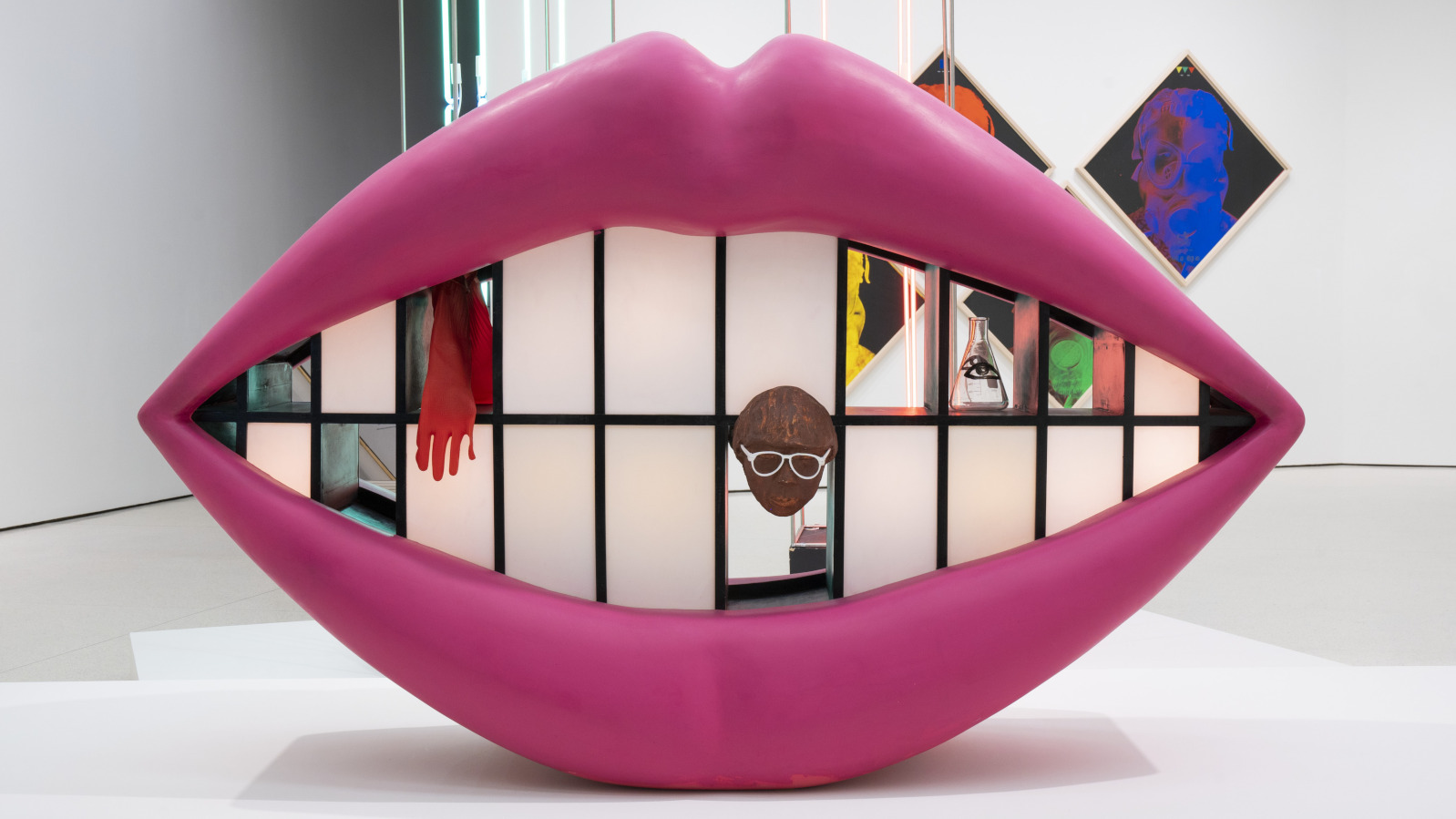 An avant-garde Korean art movement resurfaces in LA
An avant-garde Korean art movement resurfaces in LALA's Hammer Museum gets its teeth into avant-garde Korean art with ‘Only the Young: Experimental Art in Korea, 1960s–1970s’
By Anne Soward
-
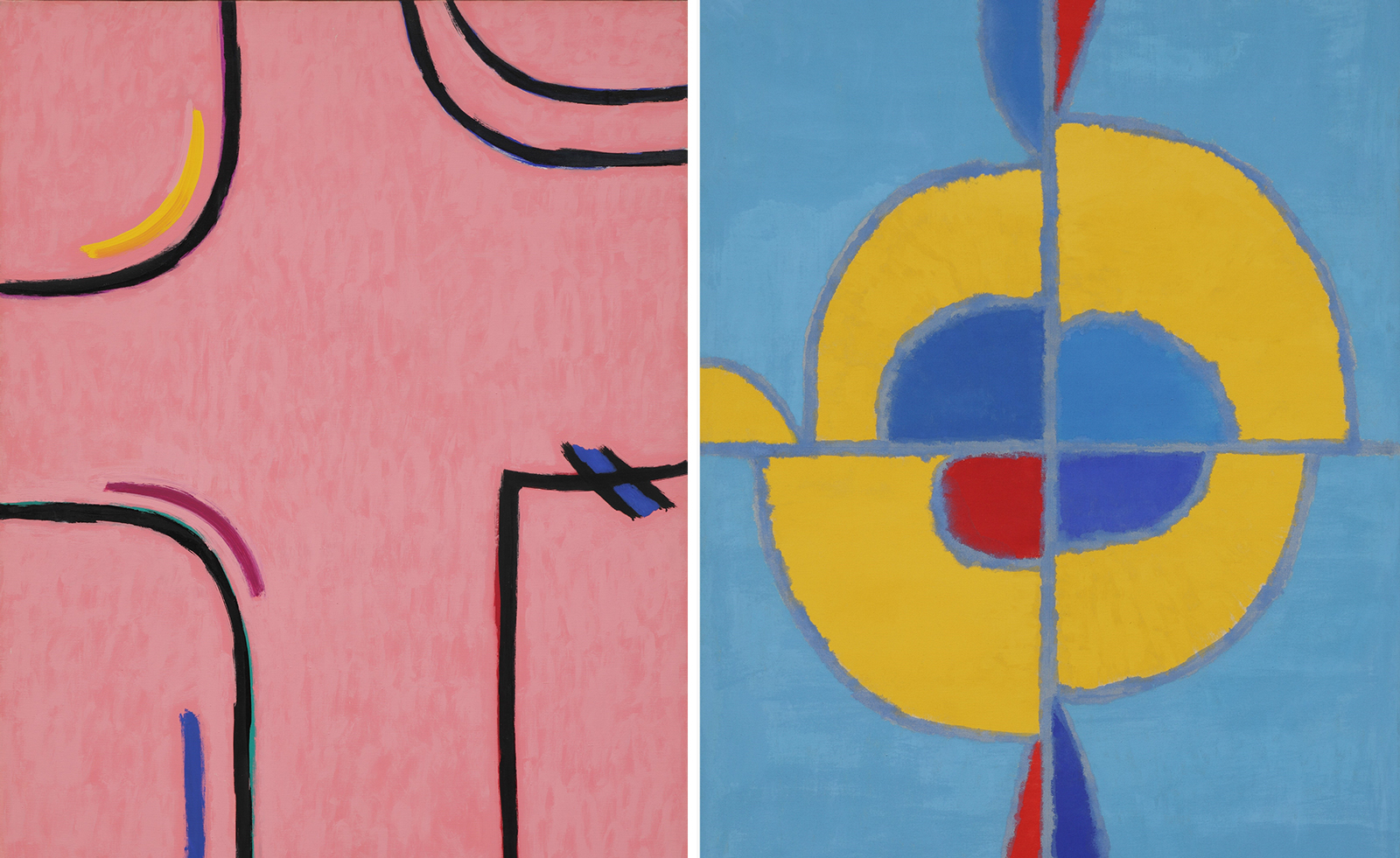 Kim Whanki, ‘the father of abstraction in Korea’, is celebrated at Frieze Seoul
Kim Whanki, ‘the father of abstraction in Korea’, is celebrated at Frieze SeoulKim Whanki’s work has its moment at Frieze Seoul 2023, where it is reimagined for the digital age
By Ann Binlot
-
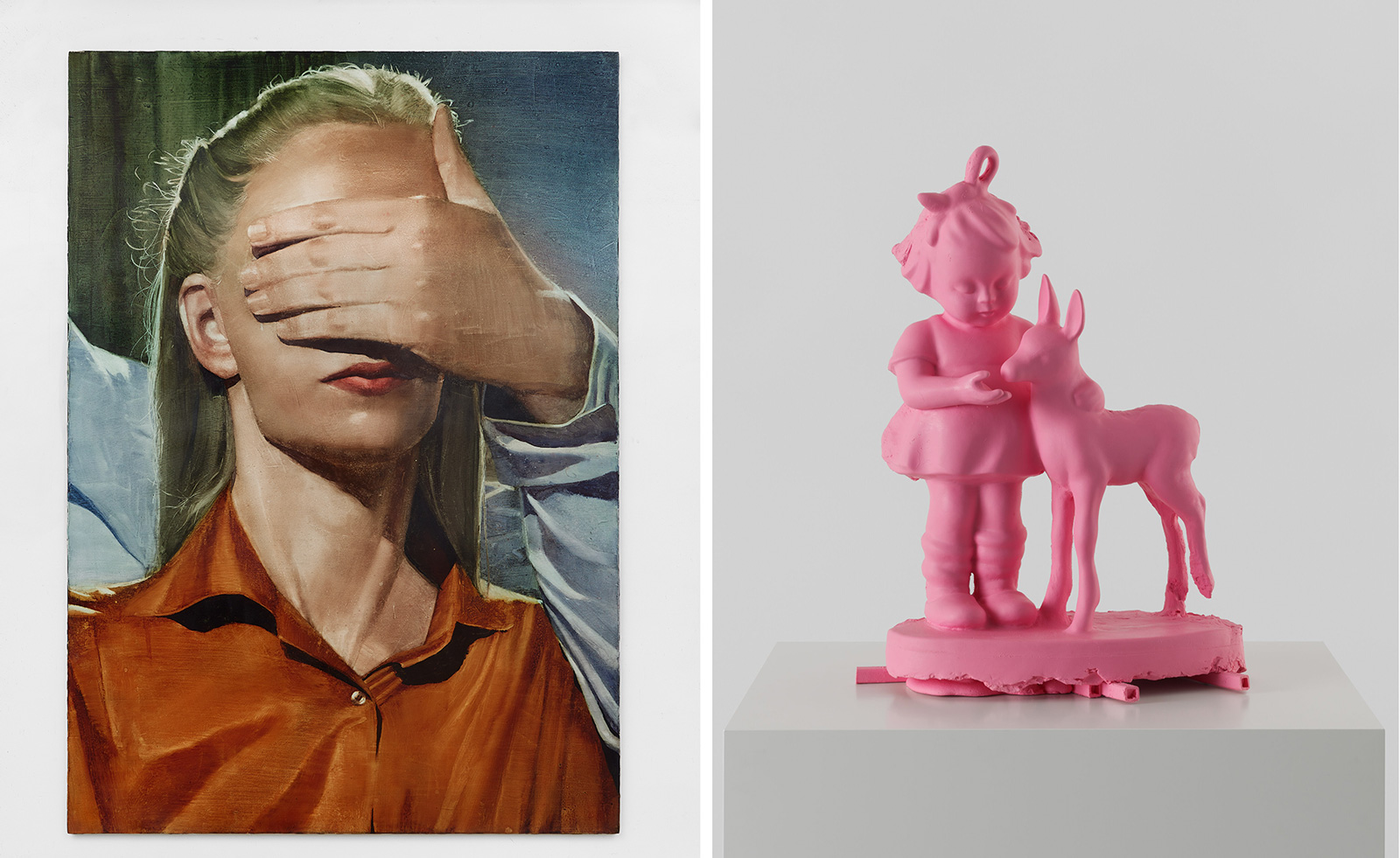 Frieze Seoul 2023: everything you need to know
Frieze Seoul 2023: everything you need to knowFrieze Seoul 2023 focuses on Asian galleries as it opens its doors for the second time in COEX, Gangnam
By SuhYoung Yun
-
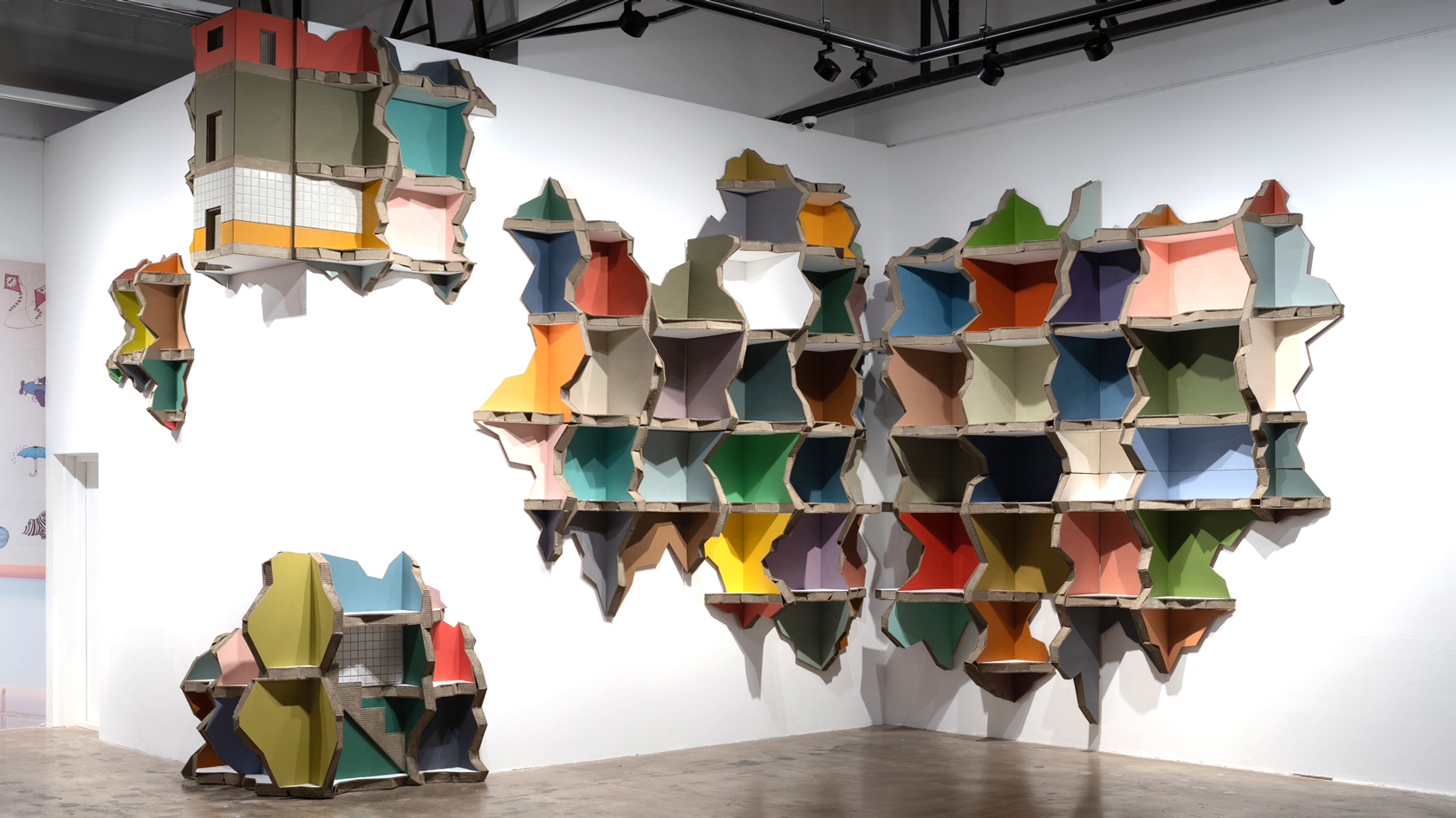 14th Gwangju Biennale review: a stage for new voices and ancient ideas
14th Gwangju Biennale review: a stage for new voices and ancient ideasSouth Korea’s 14th Gwangju Biennale (until 9 July 2023) takes water as its central theme, in which climate, Daoism, historical trauma, local craft and voices of the marginalised float to the surface
By Will Jennings
-
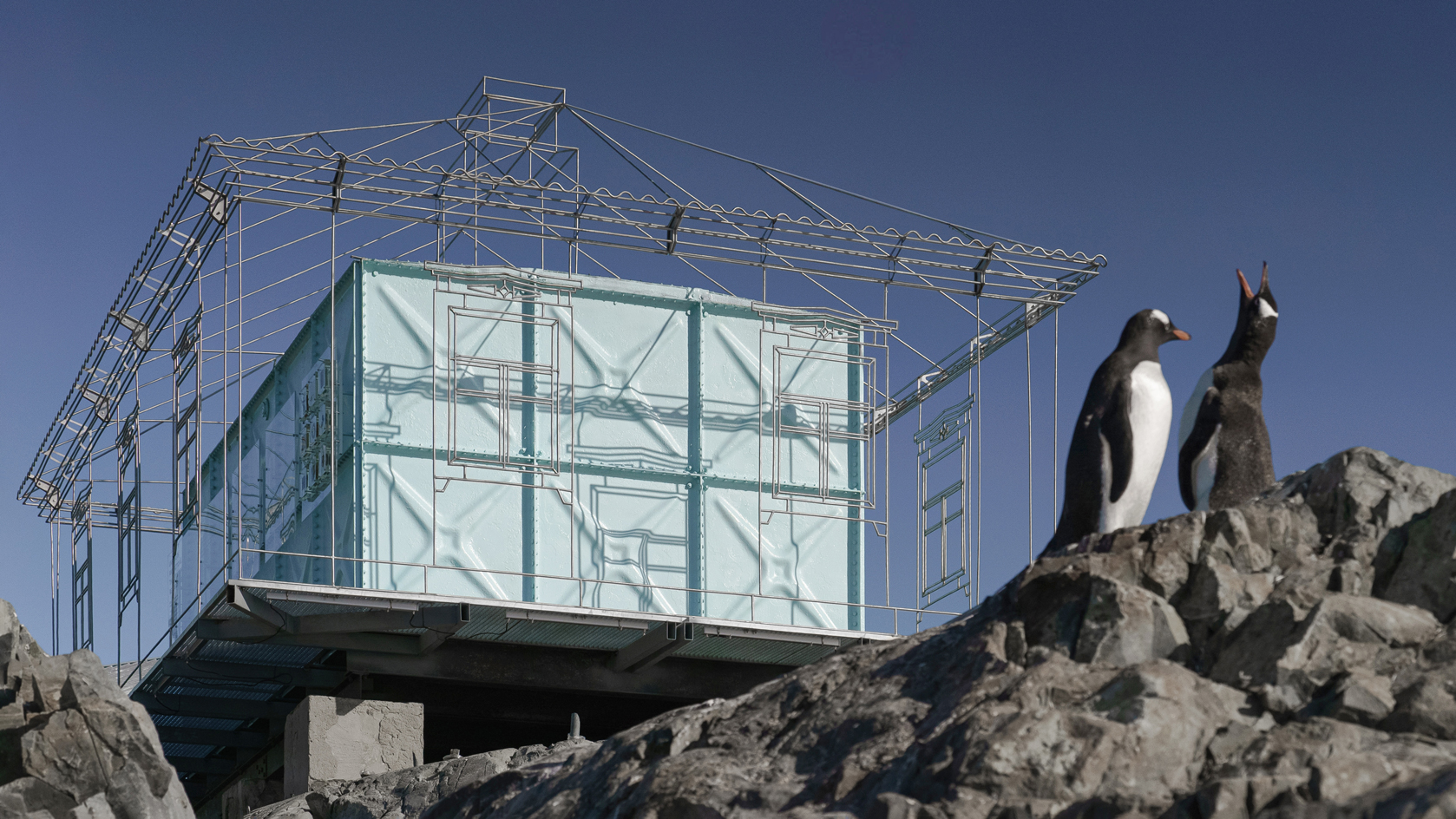 Remote Antarctica research base now houses a striking new art installation
Remote Antarctica research base now houses a striking new art installationIn Antarctica, Kyiv-based architecture studio Balbek Bureau has unveiled ‘Home. Memories’, a poignant art installation at the remote, penguin-inhabited Vernadsky Research Base
By Harriet Lloyd-Smith